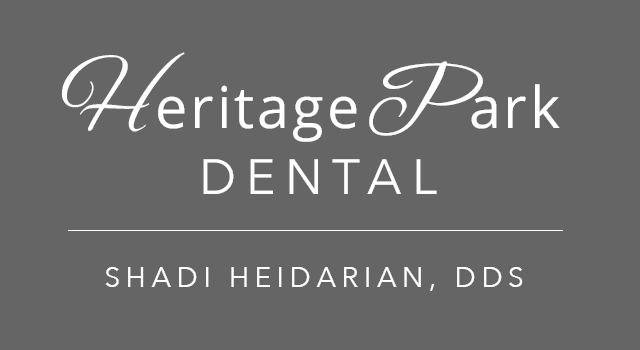CBCT Technology in Endodontics: How This Device Plays a Drastic Role in Treatment

If there’s one thing that all dentists share in common, it’s the desire to deliver the best possible care for their patients. This isn’t always as trivial as it initially sounds. Patients have different economic realities, and not all oral health conditions are as receptive as others. However, it’s always possible for a dentist to do their best for every patient. One way they can accomplish this is by having the latest and most effective technologies available at their practice. One example of this kind of technology is found in the area of dental imaging. CBCT, or cone-beam computer tomography, provides unparalleled precision and accuracy in the produced images. This improved vision of the patient’s oral structures allows the dentist to make better-informed treatment plans with a higher rate of successful outcomes. Learn more about this technology and how it’s improving dental care.
What CBCT Brings To The Realm Of Dental Care
When planning treatment, your dentist needs to know as much about your current oral health. Oral health involves every part of your orofacial area, including the bony structures typically hidden by soft tissues. Previously the only way to view these regions was by taking multiple images from different angles using x-rays. While x-ray technology is still at the heart of dental imaging, a new process has been developed that improves the resulting images. The patient is positioned with their chin on a platform to hold their head steady. A camera on a swing-arm then passes in an arc in front of them, taking hundreds of images in a few seconds.
These images will then be stitched together using advanced software to produce a digital image of the patient’s orofacial structures. The resulting image is highly precise and rendered in a 3D format that allows the dentist to view the result from any angle. This imaging technique provides numerous benefits to the patient and dentist alike, including:
- Enhanced diagnostic ability resulting from greater visibility of the orofacial area
- Better treatment planning as a highly-realistic depiction is available based it on
- Improved visualization of the nasal cavities, sinuses, and nerve canals
- Immediate identification of infection, abscesses, and other oral health concerns
There is another benefit due to the digital nature of the image. It can be easily passed from practitioner to practitioner, to your insurance company, and even to you with ease. Your dentist can achieve this without the risk of losing the original image. Sometimes, your dentist may even use the digitally scanned image to produce a 3D model of your orofacial area to aid in diagnosis and treatment.
Learn How Your Dental Clinic Uses CBCT
Every dentist has unique approaches to providing dental care and applying their available technology. Reaching out to your dental health provider is a great way to learn how they’ve taken advantage of this new advanced dental imaging technology. Some use it as their primary form of imaging, while others continue to combine it with traditional imaging methods. You may find that your dentist uses it as the primary form of dental imaging in all their oral care. Schedule your next bi-annual appointment to get a chance to ask them about the technology in use at their clinic. You may find more treatment options available than you previously thought!

